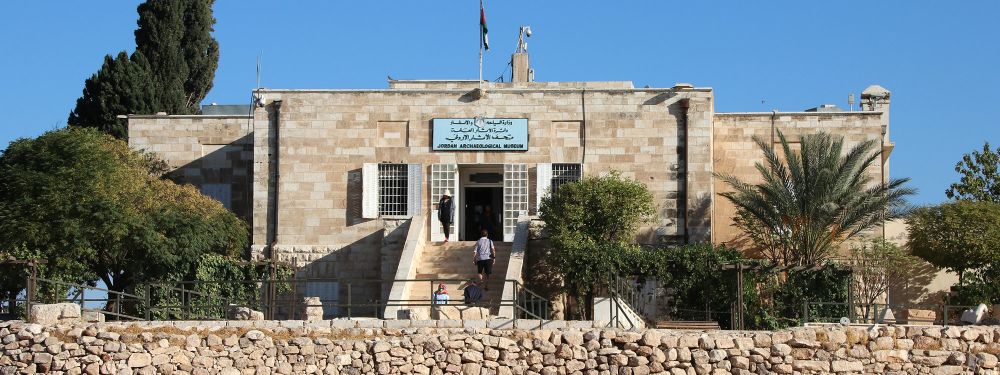

The Jordan Archaeological Museum is located in the historical city of Amman and is situated on the Citadel Hill (Jabal al-Qal'a), which has been a site of fortification since antiquity. The museum itself was established in 1951 and houses an impressive collection that showcases Jordan's rich history, ranging from prehistoric times to the 15th century.
The history of tourism in Jordan, and particularly in Amman, can be traced back to the early 20th century. However, it wasn't until the mid-to-late 20th century that Jordan began to emerge as a significant tourist destination. The country's tourism industry has flourished, in part due to its remarkable archaeological sites, such as Petra, Jerash, and, of course, the Amman Citadel where the Jordan Archaeological Museum is a focal point.
Interest in Jordan's unique blend of ancient and modern attractions helped drive the growth of the industry. Visitors are drawn not only to historical sites but also to the rich cultural experiences that Jordan offers, including its cuisine, traditional crafts, and festivals.
Recent tourism trends in Jordan have seen a focus on sustainable and responsible tourism. Visitors are becoming more interested in authentic experiences that also look after the local environment and contribute to the local economy. Eco-tourism and cultural tourism are growing segments as travelers seek to connect with the environment and learn more about Jordanian heritage.
Adventure tourism is another growing trend, with Jordan offering excellent opportunities for trekking, rock climbing, and diving in the Red Sea. Meanwhile, medical tourism is also on the increase, with visitors coming to take advantage of Jordan's well-regarded healthcare facilities.
The Jordanian government has also been proactive in promoting tourism through the creation of the Jordan Pass, which allows for pre-paid entry to many of the country's key tourist sites, including the Jordan Archaeological Museum.
Overall, tourism in Jordan has continued to grow and develop, with the country's rich history, diverse cultures, and landscapes drawing visitors from across the globe. The Jordan Archaeological Museum remains an integral part of this vibrant tourism landscape, offering a window into the past and a reason for modern travelers to visit the heart of Amman.